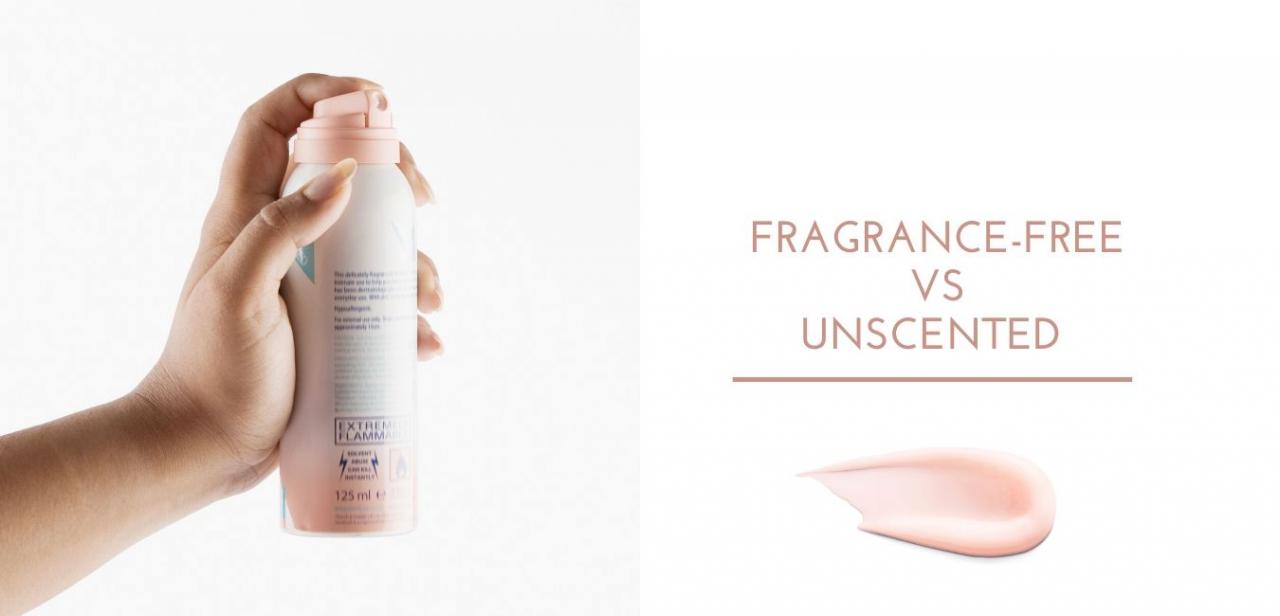 Photo: Getty Images
Photo: Getty Images
Rashes that appear after a known contact with an irritating substance are easy to figure out. Rashes that appear and disappear are trickier, especially if they occur in children. That is the type of rash that was described in the New York Times magazine section to a four-year-old boy. The rash started appearing in the middle of the summer and always began at 4 a.m.
The young boy would wake up his mother, crying knowing the rash would be starting up. It would begin mildly on his face with a pink coloring around his mouth but by morning would be red, swollen and angry. The same rash would appear on his penis. After a few days the redness would recede and by the 5th day would be gone. However, every so many days the cycle would repeat itself becoming worse each time.
The family had recently moved to Berkeley and the child did not have a new doctor yet. One day he developed a more severe outbreak of the rash so even his eyelids were swollen. The mother called the emergency room and it was suggested it might be a food allergy and Benadryl might help. Concerned, the mother was able to get in to see a pediatrician that same day who promptly diagnosed the rash as poison oak.
“Impossible, the mother responded.” The boy had only spent time around his grandmother’s garden, which was weeded regularly. With persistence, the mother took her son to see another pediatrician, Dr. Wolffe Nadoolman, who felt challenged to learn what was causing the mysterious rash.
A good doctor not only uses visual clues to diagnose a problem but also asks and analyzes more subtle symptoms to really hone in on the problem. Nadoolman asked about whether the swelling was only around the lips or included the lips? Did the swelling ever occur inside the mouth? Because the rash was also on the boy’s penis, it was likely the boy himself spread it with his own hand, which had lead the first pediatrician to think it was poison oak.
The rash was not itchy nor did it have blisters that normally appear with poison oak. The rash also occurred more often after the family moved to Berkeley and after the boy started nursery school. Nadoolman wondered if something in the surroundings of either place were contributing to the rash. Nadoolman told the mother to bring the boy back in two weeks and hopefully he would have more answers.
Nadoolman decided to stop in a garden store on his way home from work puzzling whether the grandmother’s garden had the answer. He met with the owner, a Japanese gentleman, and asked if there was anything growing in a garden that could account for the boy’s new outbreak of rashes. The owner smiled and said, “Oh, that’s an easy one. Pumpkins and other squash can cause a terrible rash just from touching the prickly hairs on the plant’s thick stem and leaves.” He told Nadoolman that most gardeners learn this right away, just as the boy now had, and are careful to avoid them.
Contact dermatitis was now the diagnosis. Nadoolman called the mother and told her what he suspected was the cause. The mother said the grandmother had two magnificent pumpkins that they had planned to carve for Halloween. The grandmother ripped out the pumpkins and instead the family celebrated with store bought ones. The boy has not had a rash since.
If you or someone you know develops a mysterious rash, take thorough note of all the facts and timing of the rash. Sometimes it takes more investigation to get to the bottom of not only a mysterious rash, but any health problem that does not appear straightforward.
source:
http://www.nytimes.com/2010/10/17/magazine/17FOB-Diagnosis-t.html?ref=magazine
Michele is an R.N. freelance writer with a special interest in woman’s healthcare and quality of care issues. Other articles by Michele are at www.helium.com/users/487540/show_articles





Add a CommentComments
There are no comments yet. Be the first one and get the conversation started!